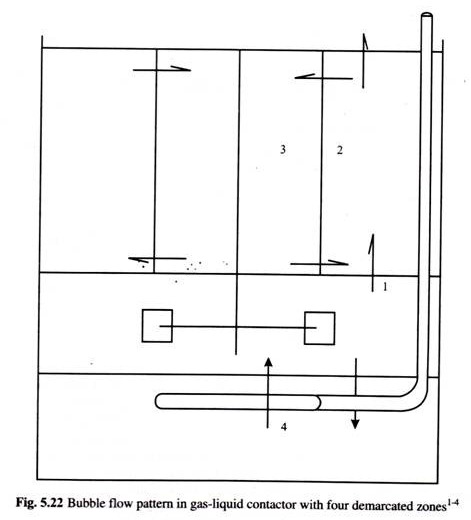Polarisation Microscope: Useful notes on Polarisation Microscope!
Polarisation microscope is quite similar to the interference microscope.
In polarizing microscope, Nicol prisms of calcite were formerly added below the condenser or in the ocular. A simpler and cheaper system utilizes sheets of Polaroid film, or a sheet of polyvinyl alcohol stained with iodine and then stretched over gentle heat.
Two rotatable polarizing devices are required — (1) Polarizer and (2) Analyzer.
Polarizer is placed below the condenser and sends only plane-polarized light into the specimen.
Analyzer is located above the objective. When it is rotated 360°, the visual field alternates between bright and dark at every 180° turn. When the axes of polarizer and analyzer are parallel to one another, the two positions of maximum light transmission are obtained. Rotation of analyzer by 90° prevents the passage of polarized light and produces a dark field.
The usual test is to rotate the specimen to find the maximum and minimum brightness. The maximum brightness is obtained when the axis of the specimen makes a ± 45° angle with those of the polarizer and analyzer as shown in figure 23.3. Polarized light may pass through material with the same velocity in all directions, or the velocity may vary with direction. The property of the material (cells and tissues) is the determining factor.
Isotropic material is that through which polarized light passes with the same velocity, independent of the impinging direction. Such material has the same refractive index in all directions.
Anisotropic material is that through which polarized light does not pass with the same velocity, i.e., velocity of passage of polarized light varies with direction. Such material is also called birefringent because it presents two different indexes of refraction corresponding to the respective different velocities of transmission.
Birefringence (B) may be expressed quantitatively as the difference between the two indexes of refraction associated with the fast (Ne) and slow (No) rays. In practice, the retardation (r) of the light polarized in one plane is measured relative to that light polarized in another perpendicular plane with the polarizing microscope. The retardation depends on the thickness of the specimen (t).
Thus, birefringence (B) = Ne – NO = r/t
Thus, polarizing microscope is used to measure retardation of light polarized in one plane relative to that in another perpendicular plane. Measurement is in millimicrons and is facilitated by the use of a compensator in the optical system. Retardation, which depends on the thickness of the specimen, can be measured now to about 0.1 µ (1A°).
In biological fibres, the birefringence is positive if the index of is pxeater along the length of the fibre than in the perpendicular plane, and it is negative in the opposite case, i.e., when the index of refraction is greater in the perpendicular plane.


